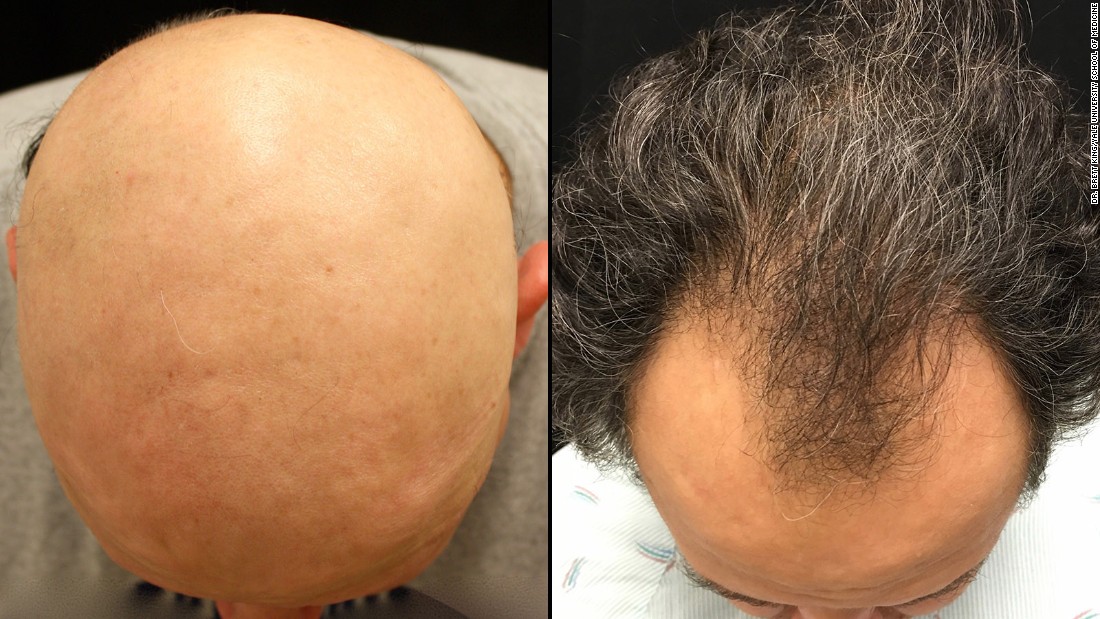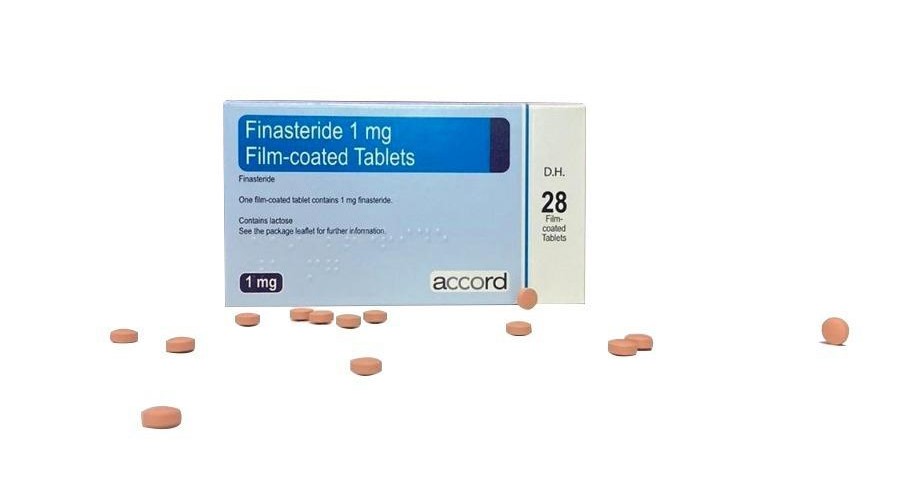Table Of Content

Aldactone is a brand of medication containing spironolactone, but generic versions are also available. Hormone therapies can trigger hormone imbalances in women, causing hair loss — and potentially causing permanent female pattern baldness. It's important to review any medications you take, and discuss their potential side effects with your doctor and pharmacist. When hair loss does occur from a drug you're taking, there is a good chance that the hair will grow back on its own after you stop taking the medication. If you have hair loss, you’re growing fewer strands of hair than you’re losing.
Men's Health
However, this study used a small sample size and had a short duration, so more research is needed to confirm its results in the wider population. It is also not recommended for pregnant or breastfeeding people. A person should not use minoxidil if they do not know the cause of their hair loss. Always consult your healthcare provider to ensure the information displayed on this page applies to your personal circumstances. For treatments that require a prescription, you’ll have direct access to a team of healthcare professionals. With so many medications available for people experiencing hair loss, it is not easy to declare which one works the best overall.
certain medications
There has been success in hair regrowth using low-level laser-based devices. The laser technology stimulates the scalp and hair follicles, promoting hair growth and blood flow. Medications are designed to treat a variety of health conditions, but sometimes they can have unwanted side effects.
What medications cause hair loss?

Although treatment for androgenetic alopecia is not necessary, some people may wish to reduce their hair loss by using hair loss medication. If your hair loss is caused by an underlying disease, treatment for that disease will be necessary. If a certain medication is causing the hair loss, your doctor may advise you to stop using it for a few months. Other professional treatments include laser devices and microneedling. Steroid injections, hair transplants, and platelet-rich plasma procedures may be options to consider, although these are more common treatments for inflammatory hair loss. If you’re interested in prescription-strength products, such as oral finasteride, Hims can connect you with a healthcare professional from your own home.
Research estimates that approximately 50% of males and females experience hair loss, the most common type being androgenetic alopecia. In the most common type of permanent hair loss, only the top of the head is affected. Hair transplant, or restoration surgery, can make the most of the hair you have left.
When to talk with a doctor
A person must answer questions online before connecting with a physician. A person can then get a prescription for hair loss treatments if the doctor thinks it is necessary. A 2017 pilot study involving 100 females with hair loss concluded that combining spironolactone with minoxidil may be a safe and effective treatment for FPHL. The study participants experienced increased hair growth and reduced shedding. However, this study had several limitations, and more research is needed to confirm its results. Prescription drugs used to treat hair loss — finasteride, spironolactone, and dutasteride — are more accessible with subscription-based telehealth platforms like Hims, Keeps, and Roman.
The role of vitamins and minerals in hair health: Essential nutrients for strong and healthy hair
Hair loss in men and women: Debunking popular myths - TODAY
Hair loss in men and women: Debunking popular myths.
Posted: Fri, 16 Feb 2024 08:00:00 GMT [source]
Until now, we haven’t had a drug for adolescents, and there was only one approved treatment option for adults with a severe form of the condition. Hair loss treatment varies based on what caused your hair loss or thinning hair. Some treatment options include taking medications, undergoing surgery or light therapy.
FDA Probes Possible Ozempic Side Effects Including Suicidal Thoughts, Hair Loss - DrugWatch.com
FDA Probes Possible Ozempic Side Effects Including Suicidal Thoughts, Hair Loss.
Posted: Thu, 04 Jan 2024 08:00:00 GMT [source]
More common side effects
Minoxidil is approved by the Food and Drug Administration (FDA) as a treatment for female pattern hair loss. Sometimes hair loss can be triggered by a combination of drugs. Or patients may be prescribed a number of medications simultaneously, further confusing the diagnosis.
Of the participants who took 2 mg of Olumiant, 17% saw adequate scalp hair coverage. Of the participants who took 4 mg, 32% saw adequate coverage, and 3% of the participants who took a placebo saw adequate coverage. Finally, there is another type of drugs called Janus kinase (JAK) inhibitors. Corticosteroids can either be injected into the affected area or applied as a topical treatment. Doctors often prescribe topical corticosteroids to younger people with alopecia.
This medication works by slowing down male hormones called androgens, which includes testosterone. It slows down hair loss due to androgenic alopecia and helps hair regrowth. Baldness typically refers to excessive hair loss from your scalp. Hereditary hair loss with age is the most common cause of baldness. Some people prefer to let their hair loss run its course untreated and unhidden. Others may cover it up with hairstyles, makeup, hats or scarves.
In telogen effluvium, for example, hair usually is lost over several weeks to months, but then grows back over the next several months. When hair loss is a side effect of a medication, hair growth usually returns to normal once the drug is stopped. In tinea scalp infection, the fungus that causes the problem must be treated for at least 6 to 12 weeks and hair regrowth may be slow. Early treatment is important in preventing possible permanent hair loss. Both male- and female-pattern baldness tend to get worse over time but can be treated. Medications that inhibit androgens—sex hormones that damage or destroy hair follicles—may stop hair loss in female pattern baldness, also known as androgenetic alopecia.

No comments:
Post a Comment